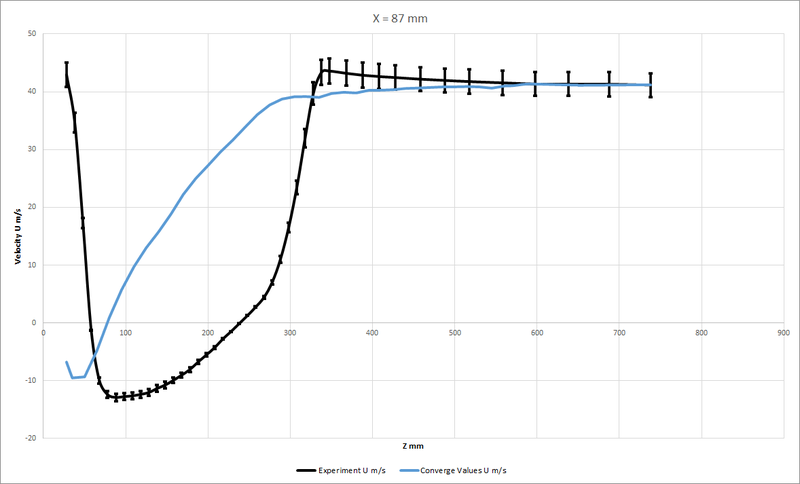

- HOW TO PLOT A GRAPH IN EXCEL USING PARAVIEW HOW TO
- HOW TO PLOT A GRAPH IN EXCEL USING PARAVIEW DOWNLOAD
To do so, we first need to define a surface integration operator under the Derived Values node, as illustrated below. The most straightforward way is to integrate the total stress - which includes contributions from the pressure force and the viscous force - in each direction. There are several ways to compute drag depending on the physics. The arrow surface behind the Ahmed body shows the circulation in the wake zone. The surface plot shows the pressure distribution, and the streamlines are colored by the velocity magnitude. Simulation of airflow over an Ahmed body.

HOW TO PLOT A GRAPH IN EXCEL USING PARAVIEW DOWNLOAD
You can download this model from our Application Gallery.
HOW TO PLOT A GRAPH IN EXCEL USING PARAVIEW HOW TO
Here, we will demonstrate how to compute the drag forces on an Ahmed body. Computing Lift and Drag Using Total StressĬOMSOL Multiphysics offers complete access to all of the internal variables and makes it very easy to compute surface forces via integration on a boundary. The flow around a moving car, for instance, is often dominated by the pressure force. The magnitudes of pressure force and viscous force can vary significantly, depending on the type of flow. The viscous force is the force due to friction that acts in the opposite direction of the flow. The pressure force, often referred to as pressure-gradient force, is the force due to the pressure difference across the surface. There are two distinct contributors to lift and drag forces - pressure force and viscous force.

Schematic of lift and drag components when fluid flow passes a body. Later on, we will show you how to compute the lift and drag forces in a direction that is not aligned with the model coordinate system. For simplicity, let’s assume that the flow direction is aligned with the coordinate system of the model. The force component that is parallel to the flow direction is called drag. As shown in the figure below, the force component that is perpendicular to the flow direction is called lift. When fluid flow passes a body, it will exert a force on the surface. Today, we will discuss different ways to compute lift and drag in COMSOL Multiphysics. Engineers can use these body forces to quantify the efficiency and aerodynamic performance of designs. In fluid flow simulations, it is often important to evaluate the forces that the fluid exerts onto the body - for example, lift and drag forces on an airfoil or a car.


 0 kommentar(er)
0 kommentar(er)
